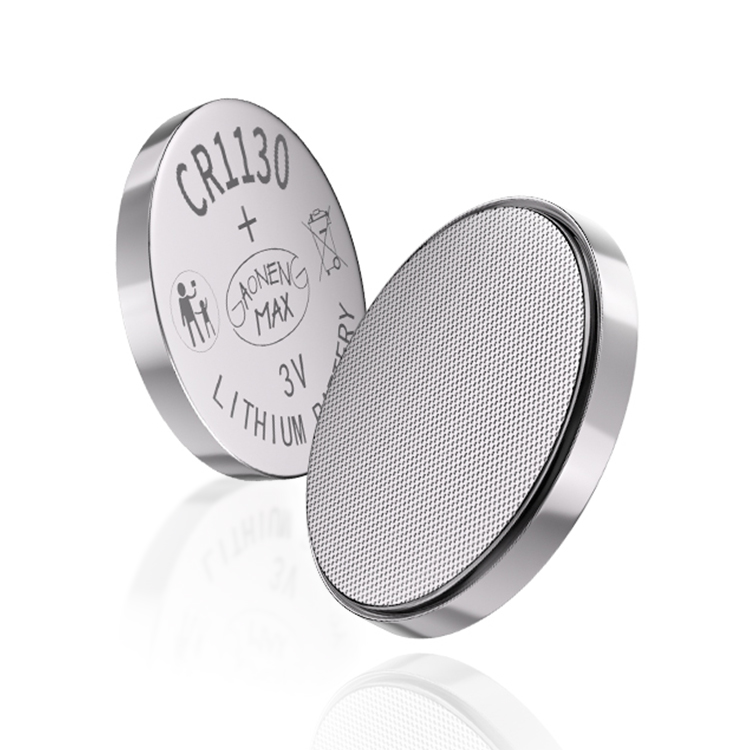

Commercially available emergency lights are equipped with overcharge protection, but often do not have discharge protection. If the battery is over-discharged, the lead sulfate crystals will form into larger bodies, which not only increases the resistance of the plate, but also makes it difficult to restore it during charging, directly affecting the capacity and life of the battery. The circuit supplied here protects the battery from overcharging and over-discharging. When the AC power supply is valid, the load is powered by the voltage regulator; if the AC power supply fails, the load automatically switches to the 6V battery for power supply. When AC power is restored, the load returns to being powered by the regulator and the battery begins to charge.
The entire circuit can be divided into four parts: power supply, switching circuit, over-discharge protection circuit and over-charge protection circuit.
The AC power supplied by the power supply is stepped down by transformer X1, rectified by bridge rectifier br1, filtered by capacitor C1, and then stabilized into a 6V power supply by chip 7806 (IC1).
The switching circuit is composed of components such as transistor T1 and relay RL1. When the AC power supply is valid, T1 is turned on, causing RL1 (6V, 100Ω) to pull in, and green LED1 emits light, indicating that the AC power supply is valid. At the same time, the voltage regulator output is connected to the load via the normally open contact N/O of RL1 and the normally closed contact N/C of RL3, while the 6V battery starts charging via the normally closed contact N/C of RL2.
Low temperature lithium iron phosphate battery 3.2V 20A -20℃ charging, -40℃ 3C discharge capacity ≥70%
Charging temperature: -20~45℃ -Discharge temperature: -40~+55℃ -40℃ Support maximum discharge rate: 3C -40℃ 3C discharge capacity retention rate ≥70%
Click for details
When the AC power fails, T1 is cut off. RL1 released. As a result, the load is powered by the 6V battery from the normally closed contact N/C of RL1. At this time, LED1 goes out, indicating that the AC power supply no longer exists.
The battery's over-discharge protection circuit is composed of IC3, T3, RL3 and other components. When the battery is over-discharged (less than 5.5v), the voltage on the inverting input terminal (2) of IC3 is higher than the voltage on its non-inverting input terminal (3). At this time, the output of IC3 is low, T3 is turned on, and RL3 (5V, 100Ω pull-in, the load is disconnected from the 6V battery due to the separation of the contact N/C, thus preventing over-discharge. At the same time, LED3 lights up, indicating that the battery is in an over-discharge state. When the AC power is restored, the battery Contact N/C of RJ2 starts charging. When the battery voltage reaches 5.5v, the output of IC3 returns to high potential. T3 is cut off, RL3 is released, and the load is connected to the output of the voltage regulator.
The battery overcharge protection circuit is composed of IC2, T2, RL2 and other components. When the AC power supply is valid and the battery voltage is lower than 6.6V. Because the voltage on the inverting input terminal ② of IC2 is higher than the voltage on the non-inverting input terminal ③, the output of IC2 is at low potential, T2 is cut off, and RL2 (6V.100Ω) remains in the release state. At this time, the battery continues to charge through the N/C contact of RL2. Once the battery voltage reaches 6.6V. The output of IC2 becomes high, T2 is turned on, RJ2 is closed, and charging stops. At this time, LED2 lights up, indicating that the battery is in an overcharged state. In the figure, D2 and D3 protect RL2 and RL3 respectively from the impact of back electromotive force.

Popular recommendation
CR1632 battery.Important progress has been made in the research and engineering of monocrystalline h
2023-10-08CR1616 battery.American scientists develop new solar cell technology
2023-10-0818650 battery rechargeable.A major breakthrough in power lithium battery technology, electric vehicl
2023-10-0812V27A battery.What is the process for replacing a large-capacity battery in an uninterruptible powe
2023-10-08802540 lipo battery.Cylindrical lithium battery 21700 from a technical perspective
2023-10-093.7v 3000mah 18650 battery.Italy has developed a semi-solid lithium-oxygen battery that can be "
2023-10-08AG5 battery!Analyze the differences in R&D and design of power lithium-ion batteries and ordinar
2023-10-08LR726 battery!A push-pull inverter vehicle switching power supply circuit design scheme
2023-10-08902030 lipo battery.18650 lithium battery PACK process quality characteristics and welding precautio
2023-10-09r6 battery!Yasong New Energy breaks through the bottleneck of traditional charging technology
2023-10-08LR621 battery.Toyota Takeshi Yamada: Battery technology still has flaws
2023-10-14Ni-MH battery pack.Introduction to vacuum distillation recovery technology of scrap nickel-cadmium b
2023-10-09